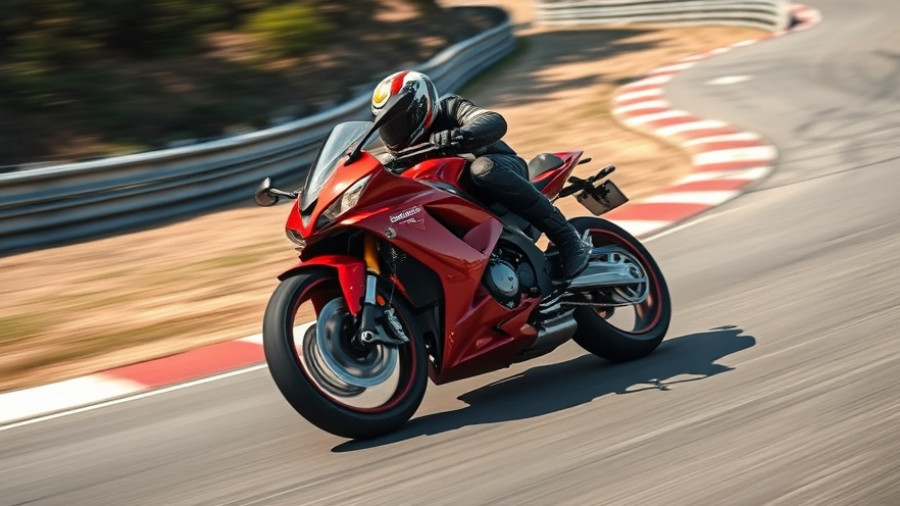
The Audi Quattro: A Game-Changer of Rally Racing
Since its debut in the early 1980s, the Audi Quattro has become synonymous with innovation in the automotive world, particularly within rally racing. Before this groundbreaking vehicle took the stage, the world of rally was dominated by nimble, rear-wheel-drive cars like the Lancia Stratos and Ford Escort RS1800. These vehicles, while agile, often struggled on treacherous surfaces. Enter Audi, with its bold vision of a turbocharged, all-wheel-drive rally car that would challenge the status quo.
How Audi Transformed Rally with All-Wheel Drive
When Audi introduced the Quattro in 1980, it marked a revolution in not only rally racing but also automotive engineering at large. Audi’s engineers, inspired by their experience with military vehicles, adapted all-wheel-drive technology into a sport sedan, something previously unthinkable. This move was met with skepticism; many believed an all-wheel-drive system would be too heavy for competitive racing. However, Audi's gamble paid off. The Quattro showcased superior grip and traction, dominating its competitors on slippery surfaces.
The Turbocharged Heart of the Quattro
At the center of the Audi Quattro’s performance was its turbocharged 2.1-liter inline-five engine. Producing up to 306 horsepower in its Group B rally configurations, it provided a unique blend of power and handling that earned it a legendary status. The distinct sound of its five-cylinder engine and its ability to deliver astonishing acceleration made it a fan favorite and a competitor to respect. This innovative engine design formed the core of a vehicle that would go on to change rally racing forever.
From Underdog to Champion: The Quattro's Rally Legacy
Behind the wheel of the Audi Quattro, legendary drivers like Hannu Mikkola and Michèle Mouton led the charge as the car achieved milestone victories in the World Rally Championship (WRC). In 1982, Audi clinched the manufacturers’ title, proving that an all-wheel-drive car could not only compete but dominate the rally stages. This success was a turning point that forced manufacturers such as Lancia, Peugeot, and Toyota to rethink their vehicle designs, embedding all-wheel drive into their future models.
A Lasting Impact on the Automotive Industry
While the Audi Quattro has enjoyed its share of victories in motorsport, its influence extends far into everyday vehicles. The technology pioneered by Audi laid the groundwork for modern all-wheel-drive systems now commonplace in both performance and family vehicles. This transformation has not only redefined rally racing but has also become a standard feature that enhances driving safety and performance in all conditions.
What Can We Learn from Audi's Pioneering Spirit?
The story of the Audi Quattro is not just about a car that won races; it symbolizes innovation, challenging conventions, and pushing the limits of engineering. As we look toward 2024, it’s essential to remember that the automotive landscape continues to evolve. From electric vehicles to advanced safety features, understanding the heritage behind revolutionary models like the Quattro can guide consumers in making informed choices about their next vehicle.
The legacy of the Quattro teaches us that adherence to tradition can sometimes hinder progress. Embracing new ideas and technologies can propel industries forward. Whether it’s analyzing car performance or understanding safety ratings, the influence of pioneering models will continue to shape the future of driving.
 Add Row
Add Row  Add
Add 




Write A Comment